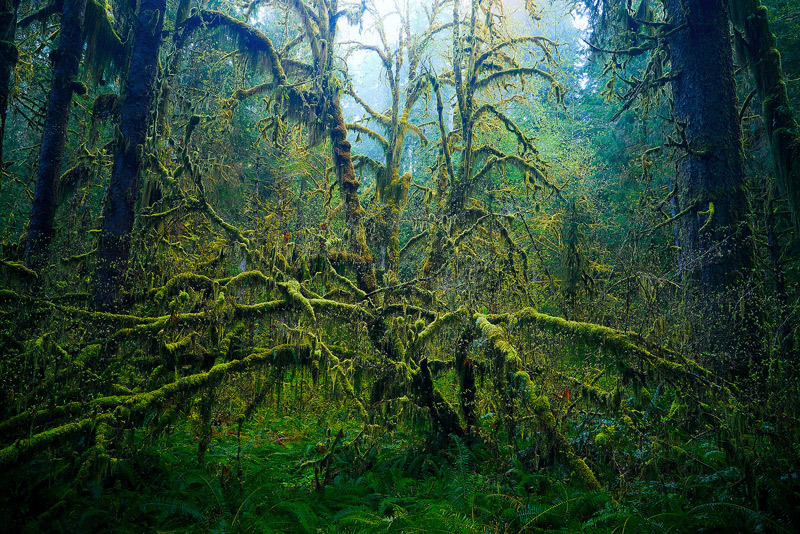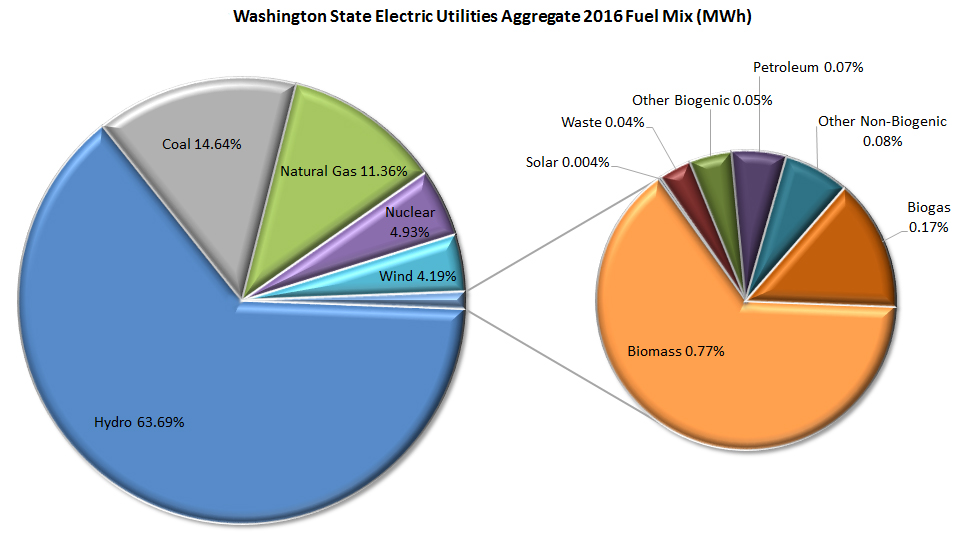
It took me a second, but I finally see the parallel between creating 3-dimensional computer renderings of natural places like Rosebud Continuum with the three axes (x, y, and z) of the coordinate planes, which correspond to the three components of the FEW Nexus (food, energy, and water). Being able to rotate our point of view in a 3-D landscape could be compared to being able to see the interdependencies between the systems that provide food, water and energy to humanity from multiple angles, changing the emphasis between how these systems compete with one another to how they mutually support one another as we shift our point of view. Using biodigesters as a symbol and demonstration of the FEW Nexus (since water nurtures food systems, food waste nurtures energy systems by decomposing into biogas, and energy systems close the loop by nurturing soil - and thus food systems – through compost, while also protecting water systems from polluted runoff by replacing chemical fertilizer), is satisfyingly compact. It takes a complicated idea and places it into the symbol of the Dragon, which can then be unpacked and related to other FEW Nexuses. It also excels at showing how waste is not an end-product: it's the fuel that turns the wheel of mutual generation! Waste is the necessary link between all the axes, the zero point, the Origin.
Psychological fertility also comes from turning repressed feelings and experiences (our waste) into insight and resiliency via a metaphorical alchemical transmutation, at least according to the Jungian school of thought (Hoeller, 1988). Waste becomes the breath of the Dragon, or creativity, when transformed in the darkness of the Unconscious mind and then allowed to be reborn. The ancient alchemists thought that we could make ourselves immortal being turning that which we despise and reject into incorruptible gold through a mysterious processes of digestion, fermentation, separation, cycling, and reunification. I am fairly certain that they were inspired by agriculture, and the observation that dung, allowed to go through a composting process and then spread on fields, caused new life to sprout more vigorously. I started thinking about all that when I was pondering the usefulness of intrinsic motivation when it comes to creative thought. Nobody ever invented something or created a great work of art because, and only because, there was a paycheck waiting. Creative thought is a metaphorical product of digestion, the food in this case being our concrete experiences, our interactions with others, and our processing of abstract information. The world feeds our minds, and we feed the world. In contrast, being paid for pre-defined outcomes of our labor yields only more of what has already been done.
One mysterious thing about the creativity of the zero point is that in it, there is no time as we normally experience it. Rather than sequence, we have synthesis and transformation. Waste, in this case conceived as "wasted time," is the fertile primal chaos that nourishes the seeds of the information we've absorbed. We all enter the zero point when we sleep, but I think we are also in it when we play. Thus it makes sense that, as mentioned in the classroom lecture (January 23, 2020), play is the way mammals learn. It also makes sense that fixed due dates for projects are less than useful; digestion takes as long as it takes. We also need to be in touch with our immediate, physical lives. The zero point is Now, and it is Here. Right now I'm petting a cat who is curled up like an Ouroboros, and beyond any word or image I put in my consciousness, contact with life tells me I am alive, the world is alive, and the great overturning in the cold of winter has a secret in its roots.
In the book Cradle to Cradle, (Braungart & McDonough, 2019) the linear and siloed method of production typical of industrialized societies is shown as culminating in the graveyard of the landfill. So many raw materials and so much human labor spent in extraction, refinement, assembly, and transportation of goods are squandered in brief enjoyment of the consumer good, followed by a true death rather than any kind of reuse. Many of the components of our modern consumer goods are inedible - food for nothing - or too expensive to be worth taking apart and reusing. Moreover, the industrial processes that create the good produce waste that is never used as an input to another process.
But in natural cycles, every form of waste is food for something else. What is the difference between human production and natural production? Nature is populated by species that coevolved, adapted both to their environments and to one another, such that nothing was wasted – everything in the environment is treated as components of an exploitable niche, and given millions of years, something will evolve to occupy it. Humans treat their activities as aloof from this system, but we don't have to. We could create our own ecology amongst our various firms, so that one process's waste becomes fuel for another. We can design goods with the reuse of their components explicitly planned out. Then, every ending becomes the seeds of a new beginning.
 |
| Image Source: images.curiator.com/images/t_l/art/on13cu6fcoyrokt7f7oj/george-ripley-lindorm-dragon-from-the-alchemical-scrolls-of-sir-george-ripley-15th-century.jpg |
Braungart, M., & McDonough, W. (2019). Cradle to cradle: remaking the way we make things. London: Vintage.
Hoeller, S. A. (1988, Summer). C. G. Jung and the Alchemical Renewal. Gnosis: A Journal of Western Inner Traditions, 8. Retrieved from http://gnosis.org/jung_alchemy.htm












